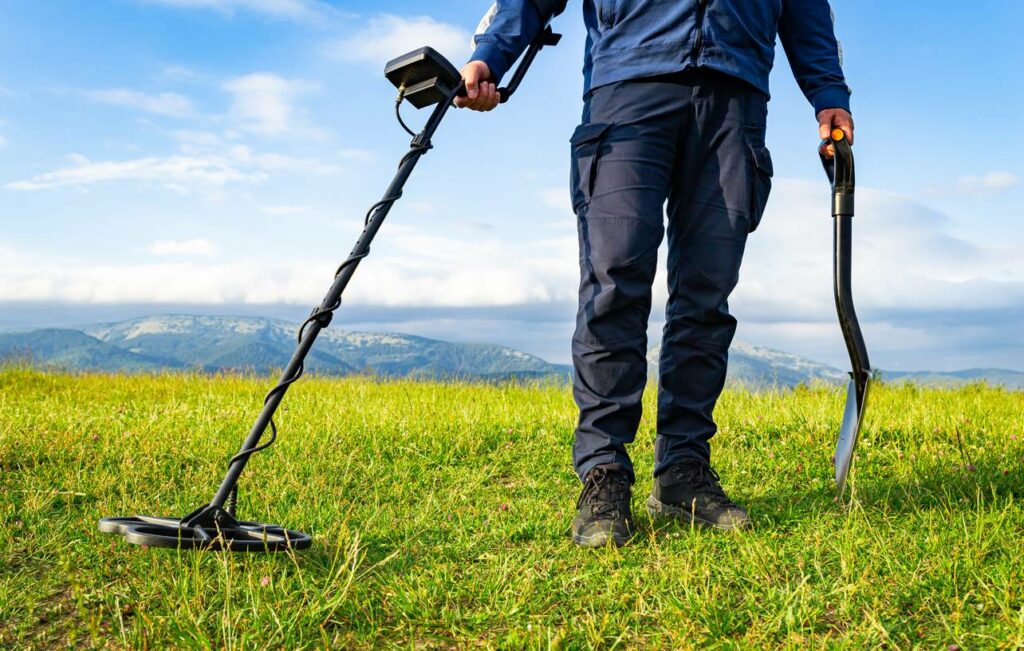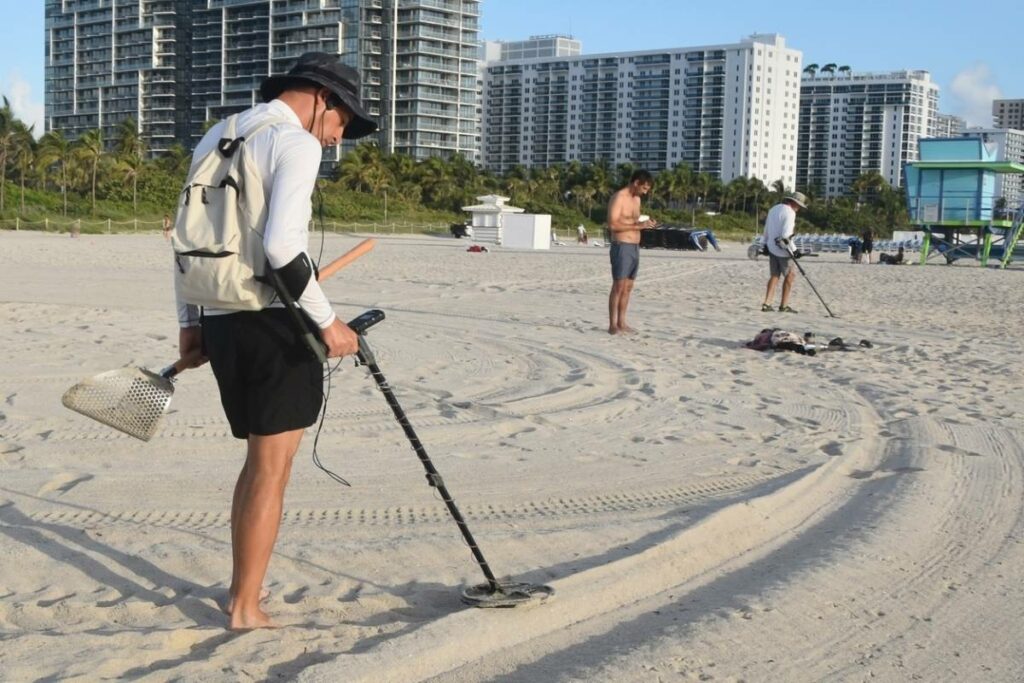Do you dream of finding unique objects and having exciting adventures in the great outdoors? Your metal detector will help you do just that, provided you know how to use it effectively. Perhaps you've already tried, but without getting the results you were hoping for. To make every outing a success, here are a few steps to follow.
Invest in a reliable metal detector for optimum results
Entry-level models are suitable for modest beginnings, but a top-quality device offers high capabilities. To find a tool that suits your needs, consider depth of detection, target discrimination and sensitivity. Also, choose a device with features to distinguish useful metal parts from waste. Some incorporate automatic adjustment technology, ideal for adapting to different terrains, whether beaches, forests or fields. As you can see on Metaux-detection.fr for example, the sealing options of the metal detector are also useful if you're exploring wetlands or riverbanks.
And don't forget to invest in additional accessories to increase your chances of success. A noise-cancelling headphones improves your concentration by eliminating noise distractions, while a robust shovel simplifies the extraction of buried objects. These tools make your search easier and protect your detector from damage caused by prolonged use in difficult conditions. Finally, take a look at user reviews and compare models before making a purchase.
Choose the right places for metal detecting
Find out more about authorised sites with a wealth of potential discoveries. Some land is protected by law and require specific authorisations. By complying with local regulations, you can avoid any legal problems. Beaches are favourite spots for detection enthusiasts. Jewellery, coins and other accessories are frequently lost along the way.
The river banksParks and former battlefields are also good places for metal detecting. These areas are full of historical relics or objects that have sentimental and material value. You can also examine old maps to locate old villages, trade routes or historic events. To maximise your search, give priority to times when traffic is low, such as early morning or late afternoon. That way you can explore undisturbed.

Control your detector settings for greater precision
Each device has specific features that affect detection. Familiarise yourself with the user manual to learn how to manipulate the various parameters. A good sensitivity calibration reduces interference caused by minerals in the soil. If your device is too sensitive, it may detect unwanted objects or be disturbed by the terrain. So find a balance based on the characteristics of your environment.
Discrimination is another setting to consider. It allows you to filter out nails or capsules. By mastering this feature, you can concentrate your efforts on targets that are of real value. Using the slow, methodical scan function ensures optimum coverage of the terrain. Avoid rapid movements, which could cause you to miss buried targets. Maintain a constant distance between the device and the ground to find objects.

